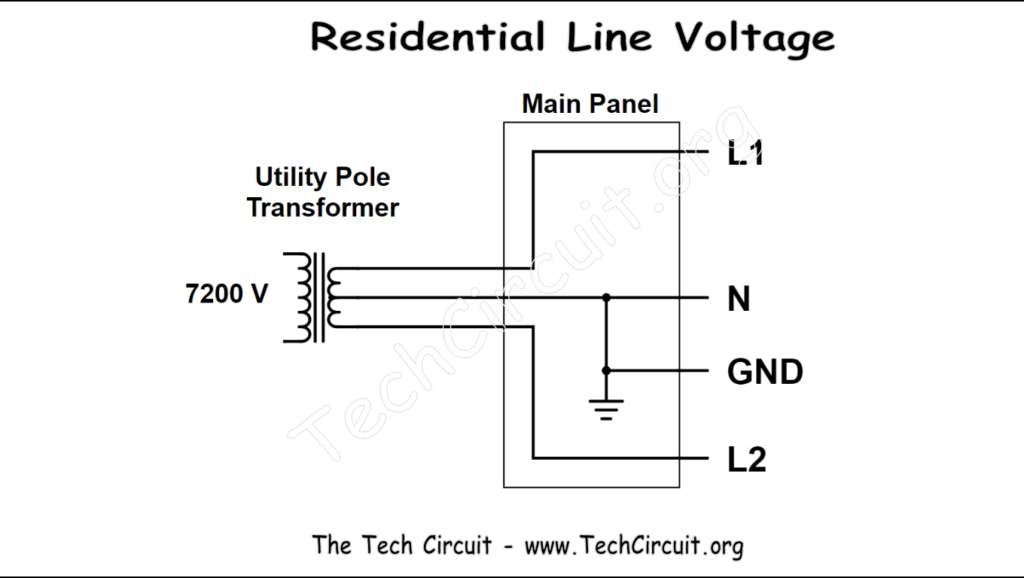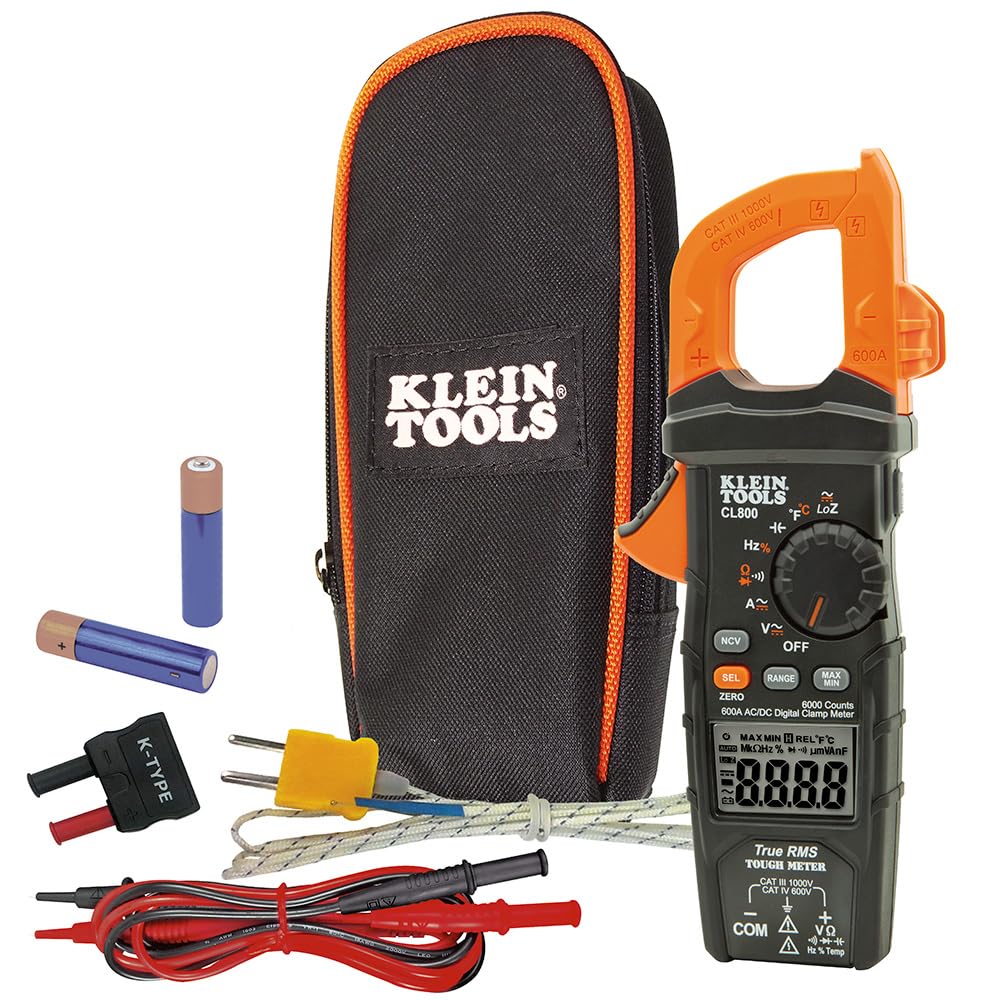This blog describes a definitive way to check for a suspected open or loose neutral for a given household circuit, in either a 120v or 240v outlet. THIS BLOG IS INTENDED FOR APPLIANCE TECHNICIANS ONLY. ALWAYS USE APPROPRIATE SAFETY PRECAUTIONS WHEN WORKING WITH ELECTRICITY.

What is an Open or Loose Neutral?
Neutral is the return path for current through 120v outlets. It is ultimately connected to the center-tap of the step-down transformer used to supply the power to main panel. It is also bonded to ground in the breaker panel. A typical line-voltage configuration is shown below.

Be sure to subscribe to our Youtube Channel!
For tons of videos on electrical and electronics diagnostics, practical electrical theory, and field-technician resources, click the picture below or this link here: https://www.youtube.com/@TheTechCircuit?sub_confirmation=1

How do I Check for an Open Neutral?
You may have heard that checking for voltage on neutral with respect to ground is a good way to test for a an open neutral. Well it’s not a definitive test. Once you disconnect the load, neutral may return to ground potential through current leakage and fool you by giving you a 0v reading w/r to ground. Once you put a load back on it, neutral will fail. This would be typical of a “loose”, as opposed to a “disconnected” neutral. However, you can definitively determine if neutral is open or loose upstream of the outlet by following the methods described below.
120v Outlets
In a single split-phase system, such as in a typical North American residential setting, neutral should be at the same potential as ground, and at a 120v difference in potential from line (L1). Using LoZ, you’ll want to first find your baseline voltage by taking a reading (L1 – N) from a known working outlet. You’ll compare this reading at your suspect outlet.
Since the neutral test point (terminal block, range receptacle, etc), may still have some connection (albeit high impedance) to the panel’s neutral connection, the best way to test it is with respect to L1 under load. This will tend to “pull” the neutral test point toward the Line (L1) if it has a loose upstream connection. Thus, using a LoZ meter that puts a load between a Line and neutral will generally give you a reading of less than 120v if neutral is open or loose.
Next, you need to determine whether it’s actually L1 or neutral that is compromised. You can do this by exploiting the fact that neutral and ground are bonded together in the main breaker panel. To do so, measure the voltage difference between L1 and ground. If you read the correct reference voltage, you have a loose/open neutral on that circuit. This is because you can only get such a reading if there is a voltage difference between neutral and ground. If your voltage reading is still low compared to your baseline, you have a loose/upstream L1. This process is sequenced in the flowchart below.

240v Outlets
We can test for a loose/open neutral in 240v circuits by using L1 and L2 serve as reference points. We’ll first establish the integrity of the L1-L2 source, and then use either L1 or L2 to a a reference to determine neutral’s integrity. We won’t use ground in this case because many existing 240v sources omit ground, such as in the case of 3-wire dryer and range outlets.
You will start by establishing a baseline reading using HiZ (standard voltage reading) and then checking both L1 and L2 with respect to neutral under load (using LoZ). Any reading that is 3 or more volts less than that baseline voltage for each respective line indicates a likely problem with that side of the supply (L1 or L2). If not, the L1-L2 source is solid. You’ll then check the loaded (LoZ) voltage between neutral and either L1 or L2. If your voltage reading is 3 or more volts less than your baseline HiZ voltage for that reading, you have a loose/open neutral on that circuit. Below is a flowchart that walks you through this test.

Recommended LoZ Meter
The Klein CL800 is a great all-around meter for field techs. It is comprehensive – including just about every feature you’d want in the field, including LoZ testing for AC and DC volts. Producing and writing such articles takes much time. I do make a commission of of any sales purchased through the following link, and I do appreciate your support. CLICK HERE FOR THE KLEIN CL800

To donate to the Tech Circuit – CLICK HERE
Test Your Knowledge!
This is an educational website and as such, you can test what you learned from this article. The quiz below will allow you to check your answers and retry until you are satisfied with your score.
Understanding Open or Loose Neutrals
Select the best answer for each question.
For additional electrical and electronics learning material for field techs, visit our homepage at http://www.TechCircuit.org or our Facebook group at https://www.facebook.com/groups/746823709133603 or our YouTube Channel
at https://www.youtube.com/@TheTechCircuit
TC
We are a participant in the Amazon Services LLC Associates Program, an affiliate advertising program designed to provide a means for us to earn fees by linking to Amazon.com and affiliated sites.

